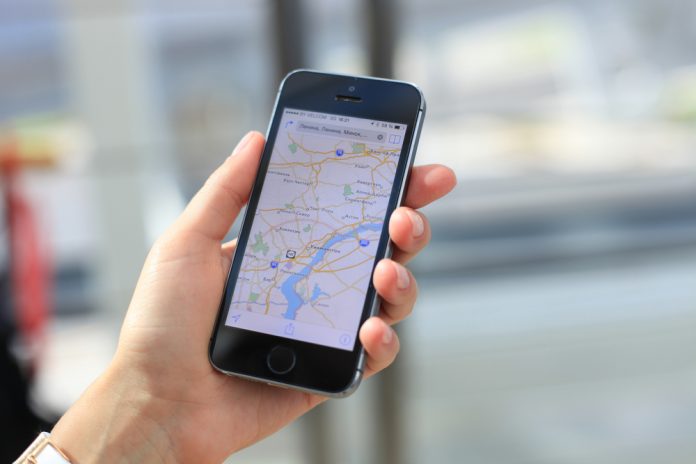Apple has always been a tech company set apart from the rest. Few individuals in the sector could be seen as being a virtual life coach in the way Steve Jobs was, or get quite so many people queuing round the block at unsociable hours of the night to be the first to buy a new device. If some of this may be dismissed as hype, there is no doubt Apple likes to innovate and while few in the tech sector can ever take their eyes of what Apple is up to, they are far from alone in that regard.
Have Apple, will travel
The travel and tourism sector is certainly one industry to take note of what Apple does. One reason is the advent of the Smartwatch, which can help supply all kinds of useful information to those flying off to distant lands. Unlike a smartphone, it’s wearable nature also makes it easy to access when both hands are holding suitcases. However, what may be of even more interest is the Apple Maps Streaming Patent. Apple Maps, like Google Maps, is obviously very handy for any PC or mobile internet user trying to find their way about.
What Google maps does, of course, is to provide a map with an option of a satellite image – albeit often out of date – and a chance to check out some accompanying pictures, which may be useful in spotting a particular building.However, the Apple function offers something else. It provides not just a single location but an entire route. It is not a new form of technology, as this has been used in waypoint-based GPS technology. However, only now has Apple devised a way of fitting it into smartphone-based mapping technology. Some smartphones have GPS, of course, but not something this smart, with the capacity, for example, to share the location of one car with another with constant updates. Launched in March, this new technology can not only be integrated into smartphones, but also iCloud and Bluetooth map sharing functions.
Multiple possibilities
The upshot of the new technology is that a range of new possibilities have been created. In particular, those using it to create tourism opportunities can create a whole range from trails that smartphone users can access. For example, in any particular city a trail could be created showing the museums, the monuments, the coffee shops, the best pubs or any other points of interest. Indeed, in any one location a whole range of these could be devised. This could be established in real time based on the individual leading the trail and designing it as he or she goes along – like a digital version of an animal leaving a scent. The appeal of this is obvious; it enables tour guides to lead guests around an area of a city and its attractions without needing to have all of them present at any one time. Among the benefits of this is that individuals who want to linger at a particular point can do so without either getting left behind and lost. Nor will they hold the rest of the party back. Of course, it won’t just be tour guides who can leave a trail. Friends visiting a city can use the function to know where each other is at all times, so they can rendezvous more easily than the standard “meet me at the clock at 3”, which can so often go wrong when one person cannot find the spot in question and another gets unexpectedly delayed. By knowing where the other person is, adjusting is much easier. Indeed, the device even contains a screen view function, so one person can even be given a chance to see for themselves what the other is seeing. So there’s no more need to describe a venue – smartphone users can find out for themselves.
Unusual features
The screen view is not the only innovative function. The device can also be used without even being attached to a human. An animal or even a robot can use it, which may have some non-tourism uses as well, such as in military situations. However, it also means hard-to-access locations can be checked out too, providing extra information for tourists.
What next?
There can be little doubt the new innovation has great potential in the tourism scene, whether captured by those running hotels and tours or people simply sharing things with their friends and family. Apple being Apple, we can be sure that the streaming patent will be upgraded with a second version before long, with some new functions added. Whether this will amount to a large or minor improvement remains to be seen, but what is clear is that the innovative approach of Apple has given tourists for the hotel booking a new tool that may greatly enhance the holiday experience for many.







